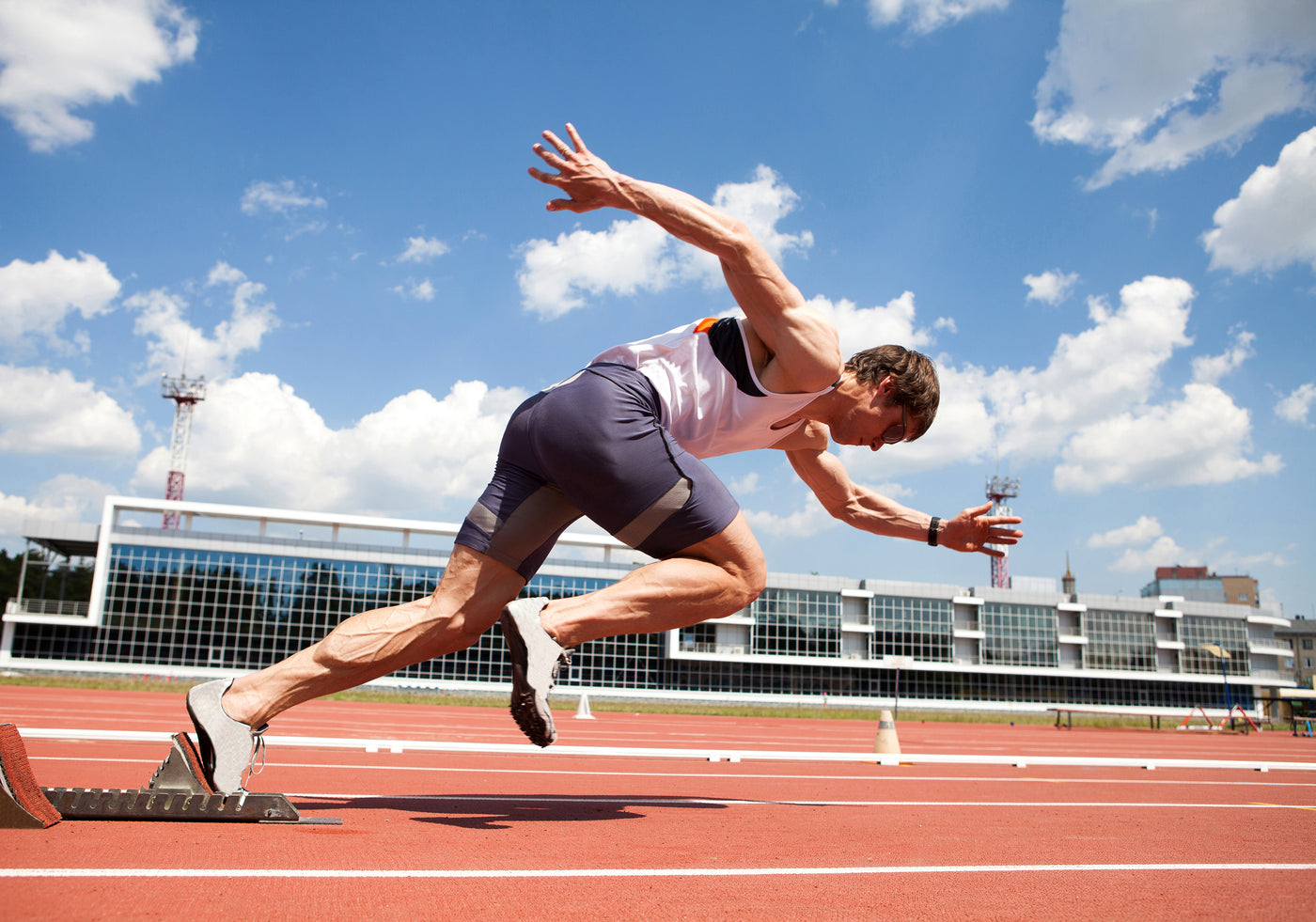Exercise Anatomy
Lunge
Elevate your leg day routine with the timeless Lunge—an uncomplicated yet powerful exercise. Targeting the quads, hamstrings, and glutes, lunges sculpt strong and toned lower limbs. Suitable for all fitness levels, lunges enhance balance and flexibility, making them a go-to for anyone aiming to fortify their lower body and achieve a well-rounded workout.

Major Muscles and Actions Involved
The Lunge, a dynamic lower-body exercise, centers around the joint action of hip and knee flexion and extension. As you step forward into the lunge position, the front knee flexes while the back knee extends, engaging the hip and knee joints simultaneously.
This versatile exercise targets a multitude of muscles, including the quadriceps, hamstrings, and glutes. The quadriceps, situated at the front of the thigh, contract as you lower your body into the lunge, working to extend the knee. Simultaneously, the hamstrings, at the back of the thigh, contribute to the controlled descent by flexing the knee. The glutes play a crucial role in both the extension of the hip and the stabilization of the pelvis during the movement.
Additionally, the calf muscles, including the gastrocnemius and soleus, assist in maintaining balance and stability, especially during the transition between lunging positions. The Lunge's engagement of these major muscle groups makes it an effective exercise for sculpting the lower body, enhancing strength, and promoting functional mobility.

Sports Uses
The Lunge, a fundamental lower-body exercise, seamlessly integrates into various sports, offering direct benefits to athletes seeking enhanced leg strength, stability, and agility.
In the world of soccer, the Lunge proves to be a valuable training tool. Soccer players, known for their dynamic movements on the field, benefit from lunges to strengthen the quadriceps, hamstrings, and glutes. The exercise aids in mimicking the explosive actions required for sprinting, cutting, and shooting, contributing to improved performance on the pitch.
Basketball players, with their emphasis on quick direction changes, jumps, and lateral movements, incorporate lunges to enhance lower-body strength and balance. Lunges contribute to the development of stability, a crucial factor for basketball athletes executing precise footwork and maintaining control during fast-paced plays.
Track and field athletes, including sprinters and jumpers, integrate lunges into their training regimens. The exercise's focus on hip and knee flexion and extension aligns with the demands of explosive starts, jumps, and landings, providing a targeted approach to strengthening the muscles essential for optimal performance.
In the realm of martial arts, lunges play a role in conditioning the lower body for swift, controlled movements. Whether it's executing kicks in karate or maintaining a strong stance in boxing, the exercise aids in building the necessary strength and stability for effective martial arts techniques.
Volleyball players, engaging in constant jumps, dives, and lateral movements, find value in lunges for lower-body conditioning. The exercise contributes to the development of leg strength and flexibility, essential for executing powerful spikes, quick lateral movements, and precise positioning on the court.
Moreover, gymnasts, who rely on lower body strength and balance for various routines, incorporate lunges to enhance their foundational strength. The exercise's ability to target multiple muscle groups makes it a beneficial addition to gymnastic training, aiding in the execution of dynamic floor exercises and balance beam routines.
Exercise Tips
- Technique:
Prioritize proper technique when performing lunges to maximize effectiveness and minimize the risk of injury. Maintain an upright posture, engage your core, and ensure your front knee stays directly above your ankle as you lower into the lunge position. Keep your back straight and shoulders relaxed to promote a controlled movement. - Range of Motion:
Embrace a full range of motion in lunges to engage the target muscles comprehensively. Lower your body until your front thigh is parallel to the ground or slightly below, ensuring the back knee hovers just above the floor. This complete range optimizes muscle activation in the quadriceps, hamstrings, and glutes. - Amount of Weight Used:
When incorporating weights into lunges, start with a moderate amount to maintain proper form. Gradually increase the resistance as your strength improves. Strive for a challenging load that allows you to complete the desired number of repetitions while keeping the movement controlled and your form intact. - Variations:
Explore different lunge variations to target specific muscle groups and prevent monotony in your training routine. Experiment with forward lunges, reverse lunges, walking lunges, or lateral lunges to provide variety and challenge different aspects of your lower body strength. Incorporating variations also helps avoid plateaus and keeps your workouts dynamic. - Breathing:
Establish a consistent breathing pattern during lunges to enhance stability and focus. Inhale deeply before initiating the lunge, and exhale as you push back to the starting position. Maintaining a rhythmic breathing pattern not only supports core engagement but also contributes to overall lifting efficiency and concentration during the exercise.
